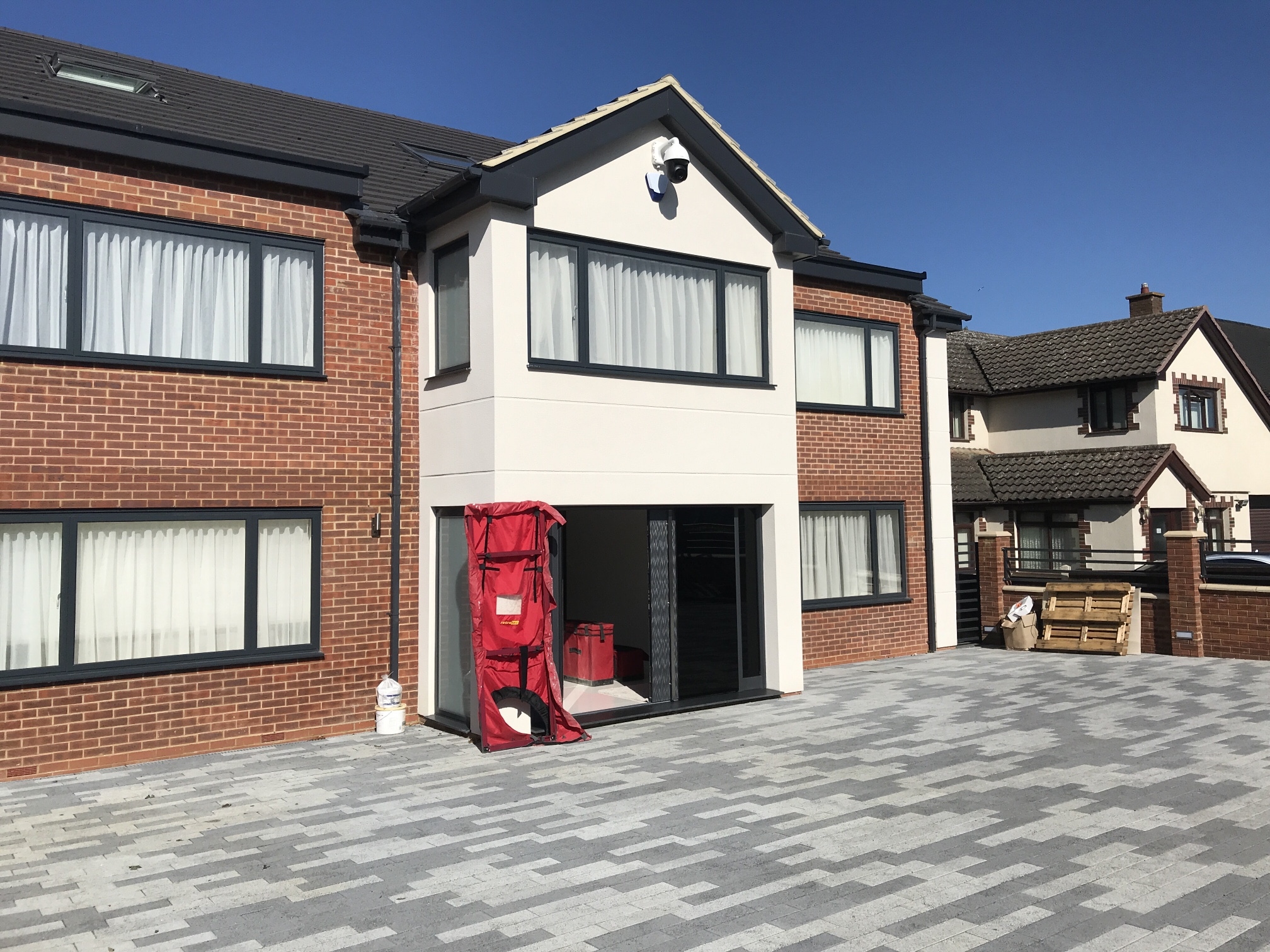[vc_row uxb_theme_class=””][vc_column uxb_theme_class=””][vc_column_text]Also known as a System 2 ventilation system. The use of a passive stack ventilation (PSV) system is one alternative to provide domestic ventilation. This utilizes a mixture of the air flowing across the ceiling and the natural buoyancy of hot humid air to raise the humid, stale air from the kitchen bathroom, cloakroom, etc. up to the point of the roof ridge where it flows into the atmosphere.
The trickle vents in the windows and doors etc. draw fresh air into the building. PSV systems are energy efficient without the need for any electrical fans or control. The quantity of ventilation obtained mainly relies on the amount of external air movement and the external temperature. PSV systems offer very little control, although humidity-controlled dampers (which do not need electrical energy) can be installed in the ducting to avoid over ventilation.
A Passive Stack Ventilation system requires thorough design and installation as the air movement is governed by the temperature/moisture in the air. The ducting must be comparatively big (compared to systems that use fans to move the air) and as close as possible to the vertical without sharp bends.
Installing Passive Stack Ventilation in a new build or during major renovation is really only practical. In addition to the ducting, a roof ridge level ventilation for external air movements is included in the system to help extract stale air.
In double glazed units, trickle vents are needed to allow fresh air to enter the building to replace the stack’s stale air.[/vc_column_text][/vc_column][/vc_row]




